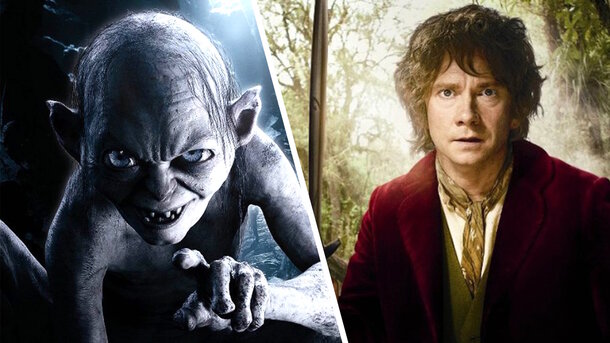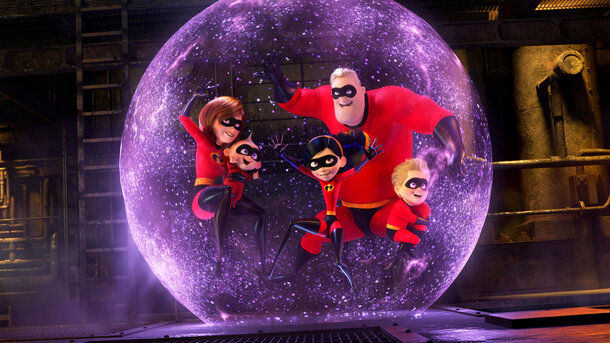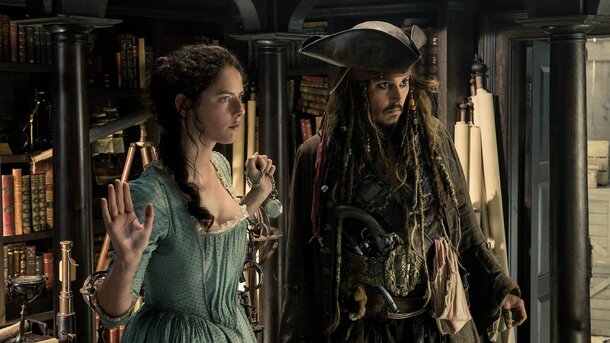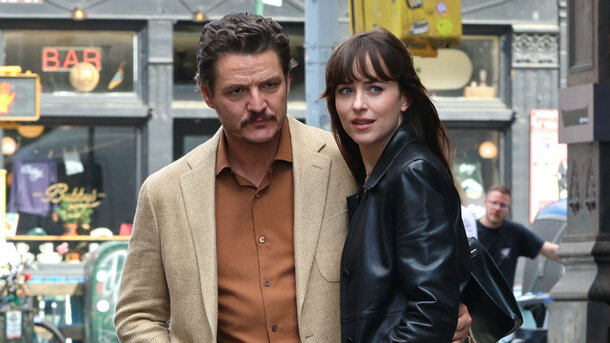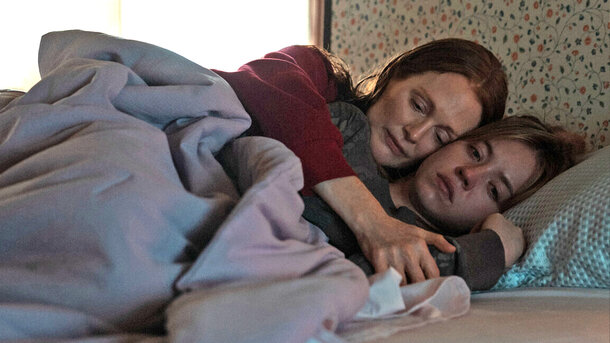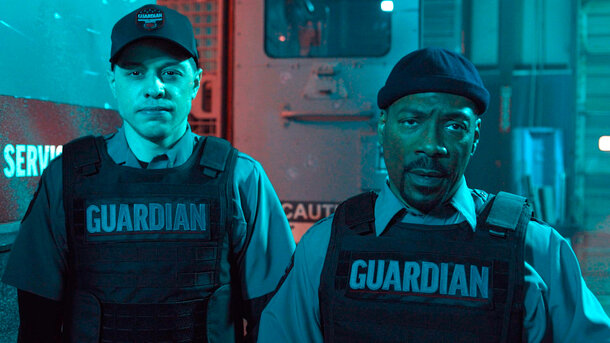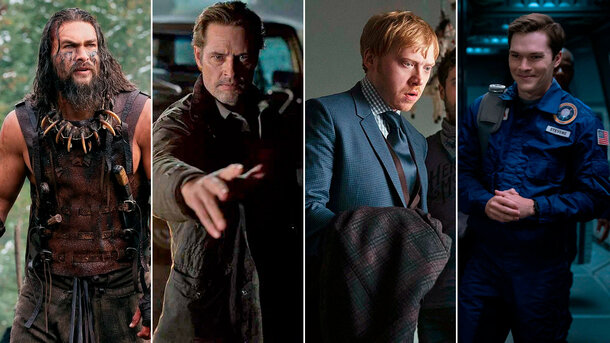After the highly successful The Lord of the Rings trilogy, Peter Jackson didn’t rest for long. The final film in the series was released in 2003, and just nine years later, a new chapter in Middle-earth began with The Hobbit trilogy.
This cycle also garnered the audience’s interest and further boosted the popularity of its lead actor, Martin Freeman. However, it never achieved the same level of success as The Lord of the Rings.
The original film series became one of the most profitable in cinema history, winning 17 Oscars. The Hobbit was received more lukewarmly by critics, who didn’t rush to nominate it for the major awards, instead limiting its recognition to technical categories, where it didn’t win either. There are several reasons for this.

The Literary Source of The Hobbit
J.R.R. Tolkien intended The Lord of the Rings to be a trilogy, which made it a perfect fit for the cinema format. However, The Hobbit is a much shorter book. Initially, it was going to be split into two parts, but the studio decided audiences needed a new trilogy. As a result, the story felt stretched, with many empty spaces, and the series was criticised for lacking rhythm and tension.
Antagonists in The Hobbit Franchise
The Lord of the Rings featured clear and terrifying embodiments of evil, such as the fiery red eye atop the dark tower, which instilled fear in the heroes. The treacherous Saruman and cruel Denethor also created nightmares. However, The Hobbit lacked such powerful villains. Smaug seemed like just an ordinary miser and didn’t manage to strike fear convincingly.

The Overuse of CGI in The Hobbit
The Lord of the Rings employed many groundbreaking technologies for its time. Though these special effects now appear dated, the love from fans for the trilogy hasn’t waned. Moreover, Peter Jackson relied on realistic stunts, sets, and optical effects, which added authenticity to the films.
In The Hobbit, the director moved away from all of this. The special effects team relied solely on CGI, making orcs, trolls, and even Gollum appear overly cartoonish.
